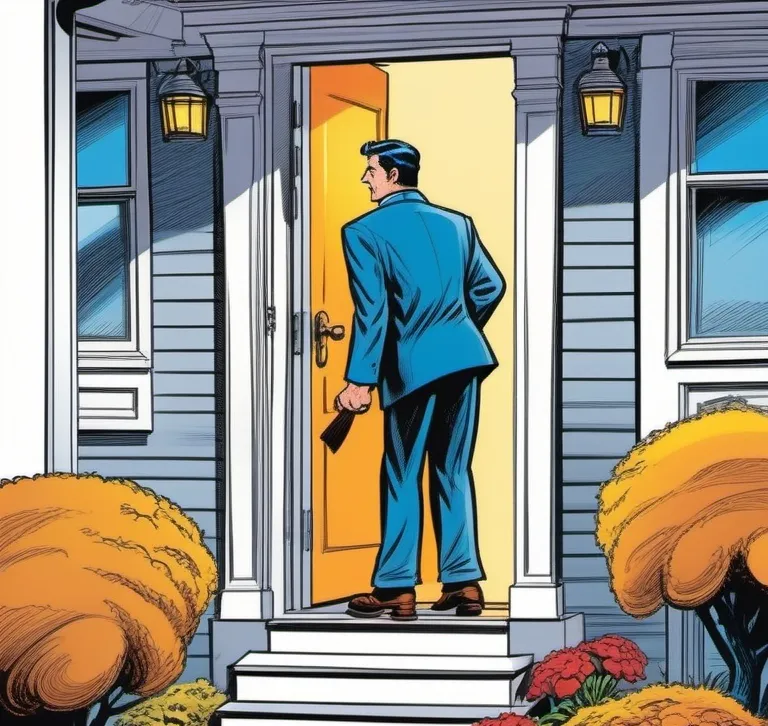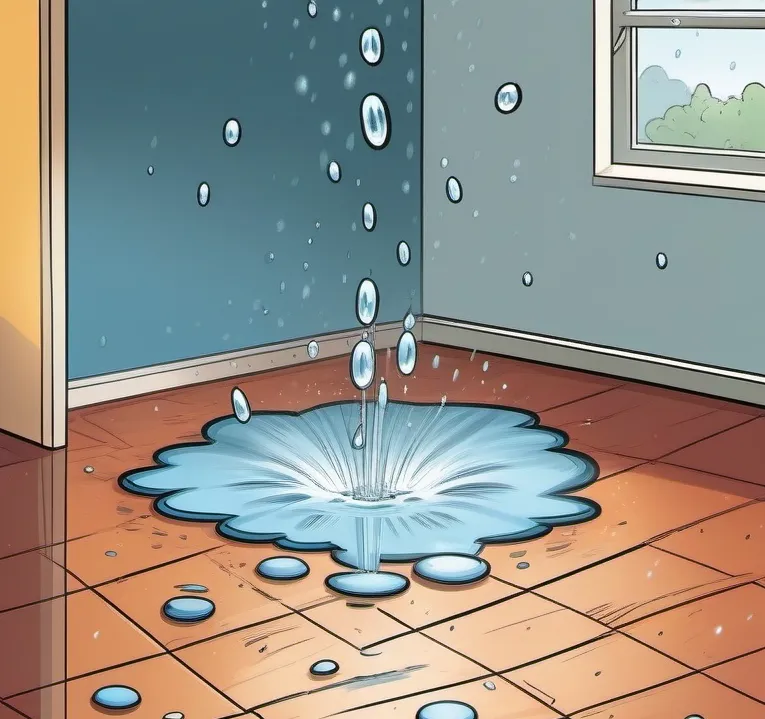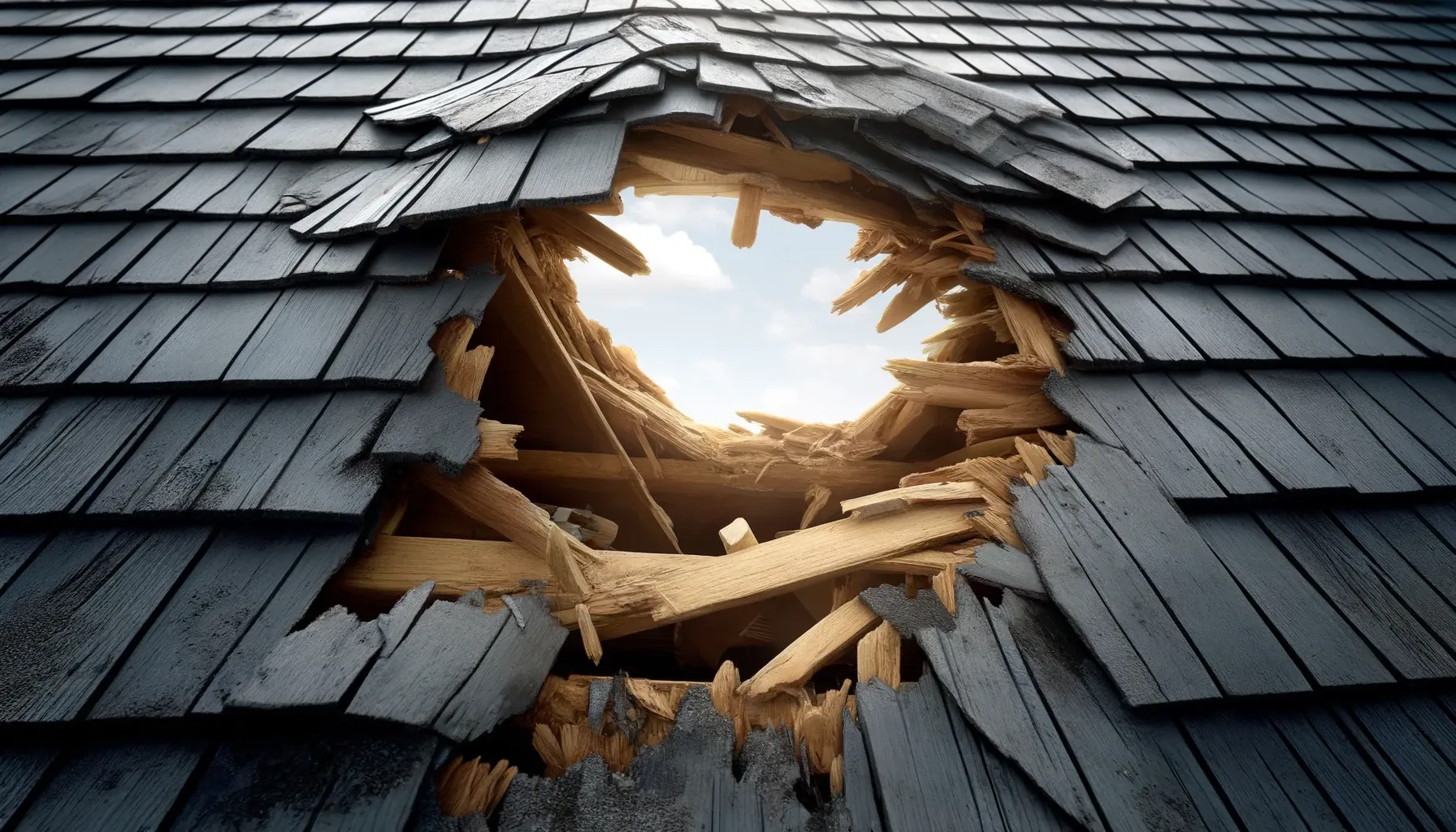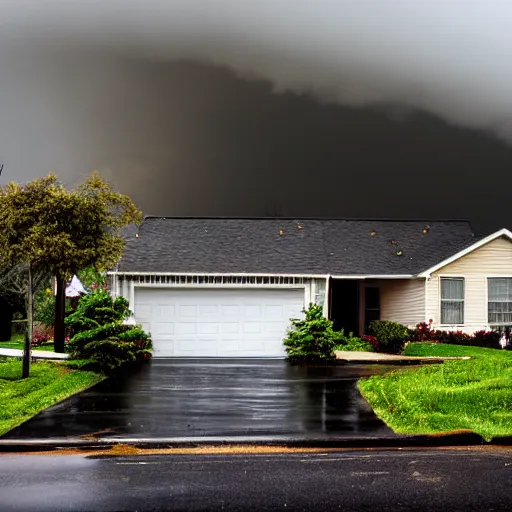Can You Claim Insurance for a Leaky Roof? Know Your Coverage Options
Hey there! Curious if your insurance can cover a leaky roof?
We're here to help! In this friendly and informative article, we'll explore the potential of insurance coverage for a leaky roof.
By understanding your options, you'll be better equipped to navigate the insurance process. Let's dive in and uncover the possibilities of claiming insurance for a leaky roof.
Review Your Homeowner's Insurance Policy
The first step is to review your homeowner's insurance policy. Policies can vary, so it's important to understand the coverage details regarding roof leaks. Look for specific language related to water damage, roof repairs, and exclusions.
Understanding your policy will give you a clear picture of what is and isn't covered.
Covered Perils
Insurance coverage for a leaky roof often depends on the cause of the damage. Most policies cover sudden and accidental perils such as storms, hail, or falling objects.
If the leak is the result of a covered peril, you may be eligible to make a claim for repairs or damage restoration.
Negligence and Gradual Damage
It's important to note that insurance typically does not cover leaks resulting from negligence or gradual damage.

Neglecting regular maintenance or ignoring minor repairs that lead to a leaky roof may not be covered. Gradual damage, such as wear and tear or age-related deterioration, is also unlikely to be covered.
Document the Damage
When faced with a leaky roof, document the damage thoroughly.
Take photos or videos of the affected areas, including any visible signs of water damage or mold growth. This documentation will support your claim and provide evidence of the extent of the damage.
Contact Your Insurance Provider
If you believe your leaky roof is covered by your policy, contact your insurance provider promptly.
Report the issue and provide all necessary documentation, including photos and a detailed description of the damage. Your insurance company will guide you through the claims process and provide instructions on next steps.
Professional Inspection and Estimates
Your insurance provider may request a professional inspection and estimates for the necessary repairs. They may recommend or require you to work with approved contractors or adjusters.
Follow their guidance and keep records of all communication and paperwork related to the claim.
Deductibles and Reimbursements
Keep in mind that insurance policies often have deductibles, which are the amount you are responsible for paying before the insurance coverage kicks in.
Your insurance provider will explain the deductible and how it applies to your claim. If your claim is approved, you will receive reimbursement for the covered portion of the repairs or restoration.
Conclusion
While insurance coverage for a leaky roof depends on various factors, it's important to review your homeowner's insurance policy to understand your coverage options.
Remember to document the damage, contact your insurance provider promptly, and follow their instructions for claims and repairs.

Be aware of any deductibles and keep records of all communication and paperwork.
By being proactive and informed, you can navigate the insurance process and seek potential reimbursement for a leaky roof. Here's to a successful claim and a dry, protected home!







